Standard & Poor’s said it downgraded the U.S. government’s credit rating from AAA to AA+ because it believes the U.S. will keep having problems getting its finances under control and pointed to the lack of leadership in Washington. Per Yahoo Finance: “The Obama administration called the move a hasty decision based on wrong calculations about the federal budget. It had tried to head off the downgrade before it was announced late Friday.”
Politicians lie and markets do not so ignore Washington and focus on PRICE and VOLUME action!
So, with that said, what does last week’s action across the US and global market truly mean? The $DJIA was down 5.75% on the largest volume since last summer, the $COMPQ was down 8.13% on the largest volume since May 2010 and the $SPX was down 7.19% on the largest volume since May 2010.
All three major markets confirmed a Dow Theory Reversal, a “Change of Trend”. In addition to the major indexes, the Dow Transports TRAN also confirmed a Dow Theory Reversal by breaking support and making a lower low.
Emotionally, I suspect that the market will bounce and that many stocks and indexes are “oversold” but this will most likely only be short term. Long term, the trend HAS CHANGED according to the charts. And until the charts show a new trend to the upside, all moves up are suspect. No one has to pick the exact bottom or top of a market so be grateful to recognize a trend and grab 60-80% of the move. It’s a lot safer and less risky to jump on board once the trend is confirmed rather than play a guessing game that can get you caught in a 500 point slide, similar to last Thursday. Markets can change on a dime so be prepared at all times but longer term trends stay intact for months, if not years.
I made a mistake in my general market analysis by not paying enough attention to my New High – New Low (NH/NL) Indicator. And it cost me because I put on positions in $RENN and $DANG in recent weeks after warning signals had been given. I did avoid a new position in $LNKD and saved money heading into the earnings announcement. Overall, shame on me but I didn’t lose too much because rules were followed and I am digging deep to listen to my indicators. Regardless of what “ I think may happen”, I am listening to my indicators and charts 100%!
So you ask: What warning signals?
The first signal was given by the Dow Jones NH/NL 10-day average differential (Diff) (chart above). The 10-d Diff started to make lower lows as the Dow was making higher highs, a clear divergence that warns the underlying stocks are weakening while the overall market is making a new high. This one signal alone should have put me on caution while entering new positions. It didn’t because the NH/NL 10-d Diff was still above the critical level of zero. Well, the market took care of that this week by plunging below the zero level, closing at -203 on Friday for the Dow. Consider this, it closed at +15.1 last Thursday ( 7/28) but went red the following day at -2.5 (last Friday, July 29, 2011). The divergence and the reading below zero was now screaming MOVE TO CASH and gave us enough time to do it before the end of the week romp! We all had time to get out without taking a loss. As it stands now, the 30-d Diff is also below zero with a reading of -21.47, the first reading below zero since July of 2010.
It’s interesting that the markets topped in May, just as Osama Bin Laden was killed – I must give a HT to Howard Lindzon for coining the Osama Bin Laden Top (he may have nailed it) and closing his blog post with this statement:
With the mood of financial markets quickly turning negative, the horrific price action of financials, the silliness of IPO valuations and some Bitcoin mishigas, you may not soon forget the ‘Osama’ top.
Now, let’s take a look at a number of charts and see what they “were” saying and what they “are” saying right now, as we head into next week (ahead of the market reaction to the US credit downgrade). NOTE: I personally believe that the downgrade is mostly priced into the market but I am sure we will still see some further selling pressure before a normal bounce.






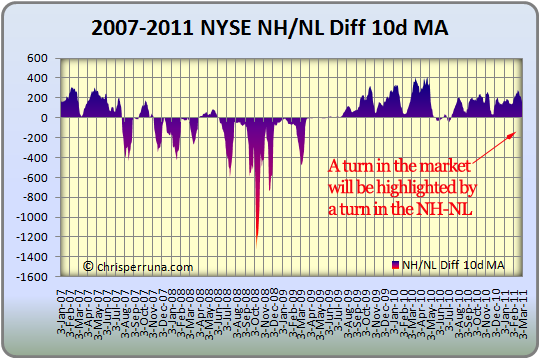


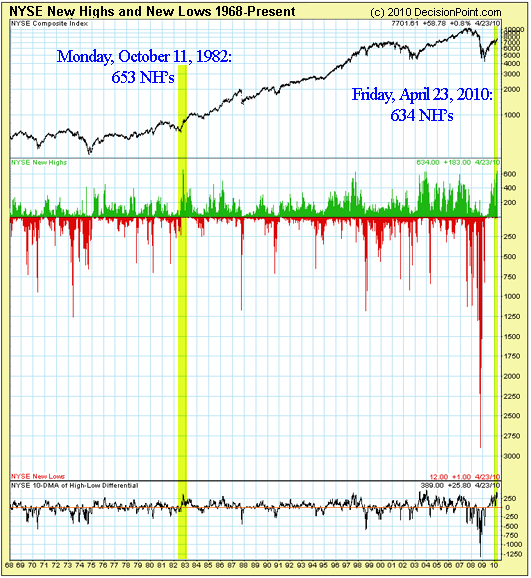

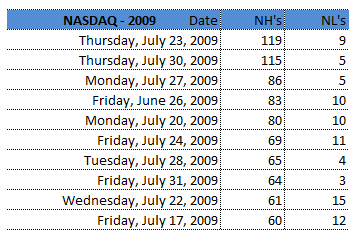
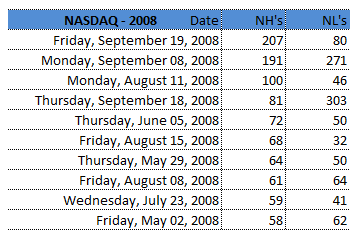
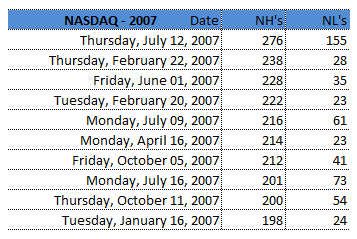
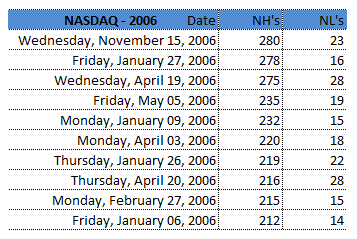
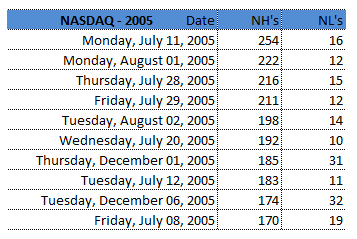




Connect with Me